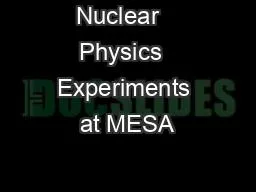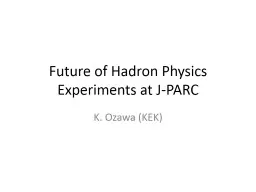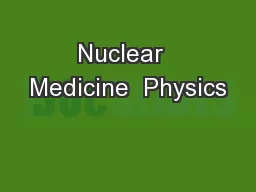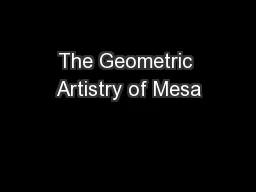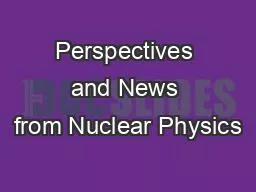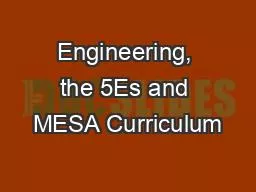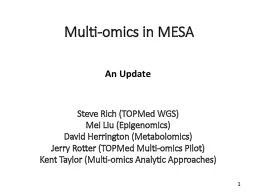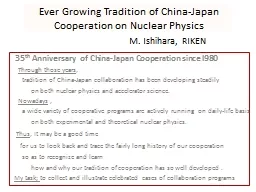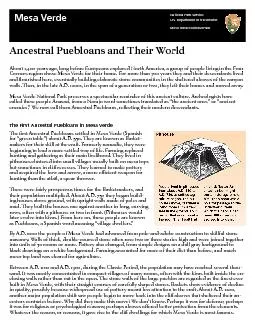PPT-Nuclear Physics Experiments at MESA
Author : bikersphobia | Published Date : 2020-07-01
Kurt Aulenbacher Institut für Kernphysik Johannes GutenbergUniversität Mainz Geneva June 23 th 2017 Work supported by DFG through excellence cluster
Presentation Embed Code
Download Presentation
Download Presentation The PPT/PDF document "Nuclear Physics Experiments at MESA" is the property of its rightful owner. Permission is granted to download and print the materials on this website for personal, non-commercial use only, and to display it on your personal computer provided you do not modify the materials and that you retain all copyright notices contained in the materials. By downloading content from our website, you accept the terms of this agreement.
Nuclear Physics Experiments at MESA: Transcript
Download Rules Of Document
"Nuclear Physics Experiments at MESA"The content belongs to its owner. You may download and print it for personal use, without modification, and keep all copyright notices. By downloading, you agree to these terms.
Related Documents

